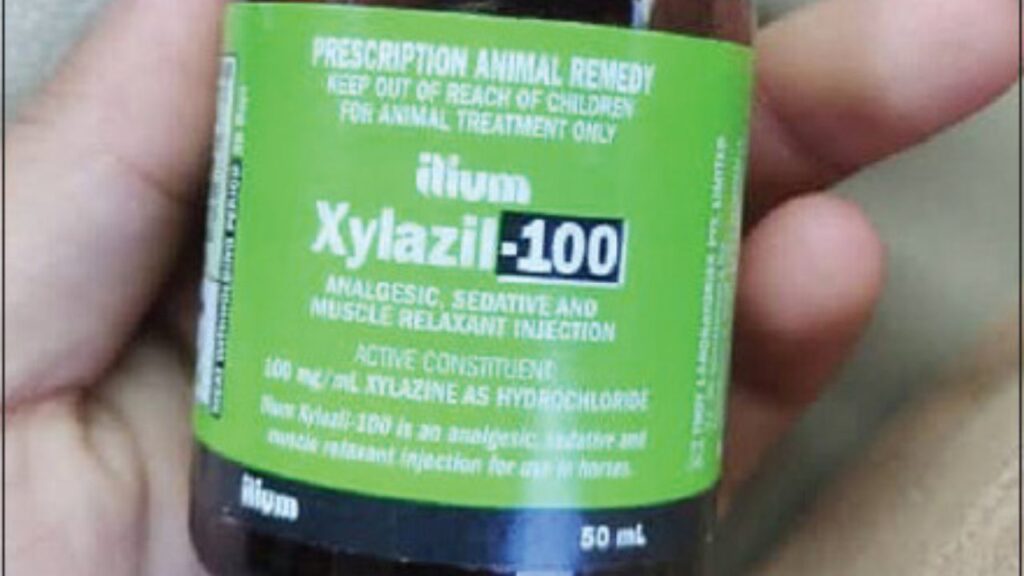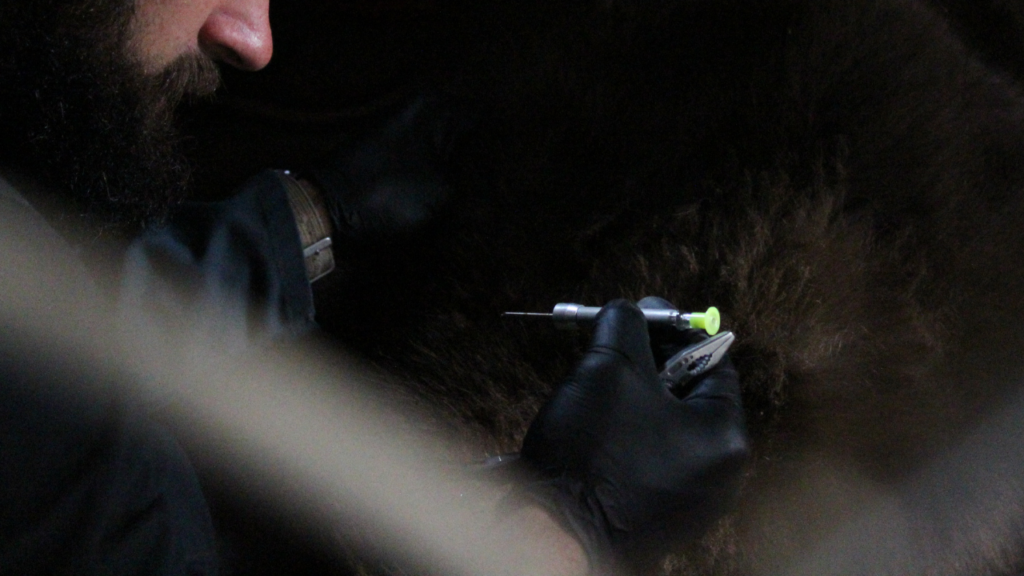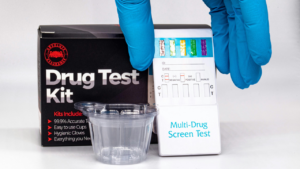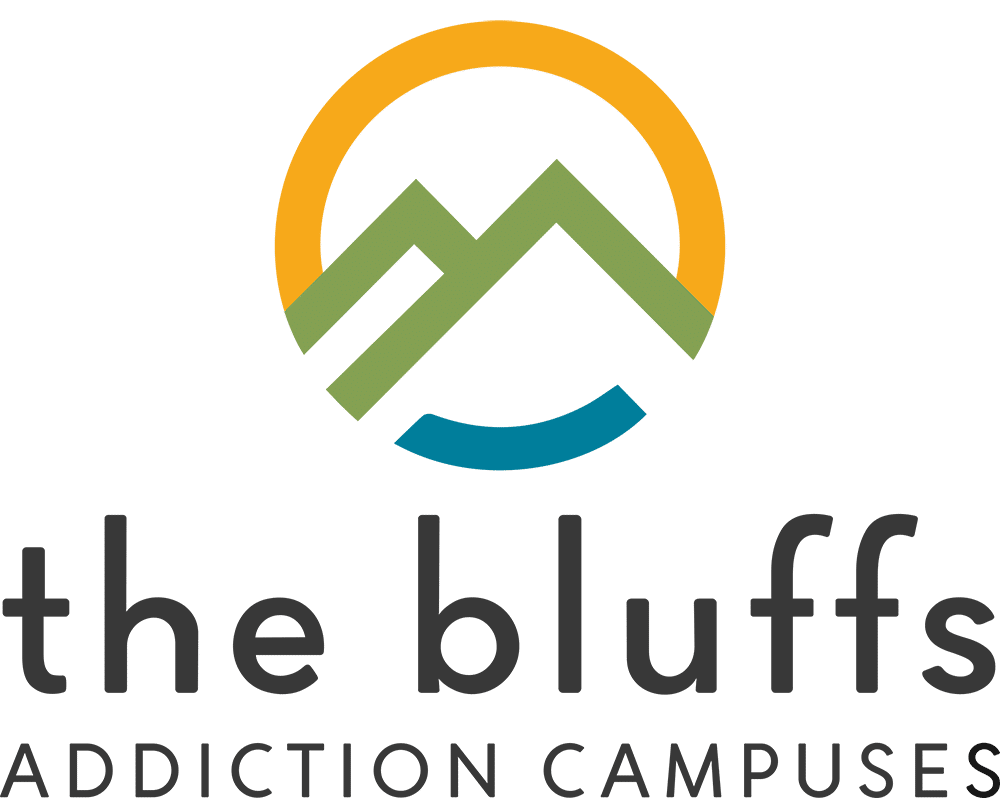The opioid epidemic has taken a dangerous new turn with the emergence of xylazine, a potent veterinary tranquilizer increasingly being used as a cutting agent in illicit drugs. Known on the streets as “tranq,” xylazine is contributing to a growing number of overdose deaths and severe health complications among drug users. As this threat spreads across the country, addiction treatment providers, law enforcement, and policymakers are scrambling to respond.
The Rise of Xylazine Abuse
Xylazine is a sedative, analgesic, and muscle relaxant used in veterinary medicine, primarily for sedating large animals like horses and cattle. However, in recent years, it has been increasingly found mixed into illegal drugs, particularly fentanyl and heroin. Drug traffickers are using xylazine as a cheap way to increase the potency and profitability of their products.
The drug first appeared on the streets of Puerto Rico in the early 2000s before spreading to Philadelphia, where it has been linked to a surge in overdose deaths since 2019. Xylazine use has now been confirmed in almost every state, with the highest prevalence in the Northeast and Midwest. In Ohio, law enforcement and addiction treatment providers are reporting an alarming rise in xylazine-related incidents.
Deadly Consequences of Tranq
When combined with opioids like fentanyl, xylazine creates a potentially lethal cocktail. The drug’s heavy sedative effects can cause blackouts, respiratory depression, and a slow heart rate, greatly increasing the risk of overdose. Naloxone (Narcan), the medication used to reverse opioid overdoses, is not effective against xylazine, making overdoses involving the drug more difficult to treat.
Xylazine use is also associated with severe skin ulcers, abscesses, and other painful wounds at injection sites. These injuries can quickly become infected, sometimes leading to limb amputation. The acidic nature of xylazine can cause rapid decay of flesh, and the drug’s numbing effects may lead users to ignore injuries until they become severe.
Challenges for Addiction Treatment
The proliferation of xylazine presents significant challenges for addiction treatment providers. The wounds caused by the drug require specialized, intensive care and can complicate the detox and recovery process. Treatment centers may need to incorporate wound care and antibiotic therapy into their protocols, as well as longer detox timelines to account for xylazine’s extended half-life compared to opioids.

Additionally, while medications like buprenorphine and methadone are effective for treating opioid addiction, there are currently no FDA-approved medications specifically for xylazine addiction or withdrawal. This lack of targeted pharmacological options makes xylazine a particularly challenging substance use disorder to treat.
The psychological impact of xylazine injuries can also be significant. The permanent disfigurement caused by skin ulcers and amputations can be traumatizing and may require extensive therapy and support to address. Treatment providers must be prepared to offer comprehensive mental health services to help clients cope with the physical and emotional scars of xylazine use.
Legislative and Policy Responses to Tranq
As the xylazine threat has grown, policymakers have begun to take notice. In March 2023, a bipartisan group of U.S. Senators introduced the Combating Illicit Xylazine Act, which would classify xylazine as a Schedule III controlled substance. This would give law enforcement more tools to crack down on illicit xylazine distribution while still allowing legitimate veterinary use.
The legislation has been endorsed by numerous state attorneys general, law enforcement organizations, and veterinary groups. It would also require the DEA to track xylazine manufacturing to prevent diversion and mandate a report on the drug’s prevalence, risks, and policy recommendations.
At the state level, Ohio and several other states have already moved to schedule xylazine as a controlled substance. However, experts caution that enforcement alone will not be sufficient to address the crisis. Increased public awareness, expanded access to addiction treatment, and research into xylazine-specific therapies will also be critical.
The Bluffs’ Comprehensive Approach to Tranq Addiction
At The Bluffs Addiction Campuses in Ohio, we are committed to staying at the forefront of addiction treatment in the face of evolving challenges like the rise of xylazine. We believe in treating the whole person, not just the addiction. The combination of painful injuries and the psychological toll of permanent scarring can be devastating for xylazine users. By offering integrated physical and behavioral health care, we aim to help our clients heal in body and mind as they work towards lasting recovery.
Raising Awareness and Fighting Stigma
Addressing the xylazine crisis will require a coordinated response from healthcare providers, addiction professionals, law enforcement, policymakers, and the public. Raising awareness about this emerging threat is crucial for preventing further spread and ensuring that those who need help can access it.
It’s also important to combat the stigma associated with addiction, which can be a barrier to seeking treatment. The shocking injuries caused by xylazine can compound this stigma, leading to feelings of shame and hopelessness. By approaching addiction as a medical condition rather than a moral failing and providing judgment-free care, we can encourage more people to seek the help they need.
Get Help Now
If you or someone you love is struggling with addiction to xylazine, fentanyl, or any substance, know that you are not alone and that help is available. At The Bluffs, our compassionate team is here to support you every step of the way. Call us anytime at 850-374-5331 to learn more about our programs and start your journey to recovery today. Together, we can overcome the devastation of addiction and build a brighter future.








